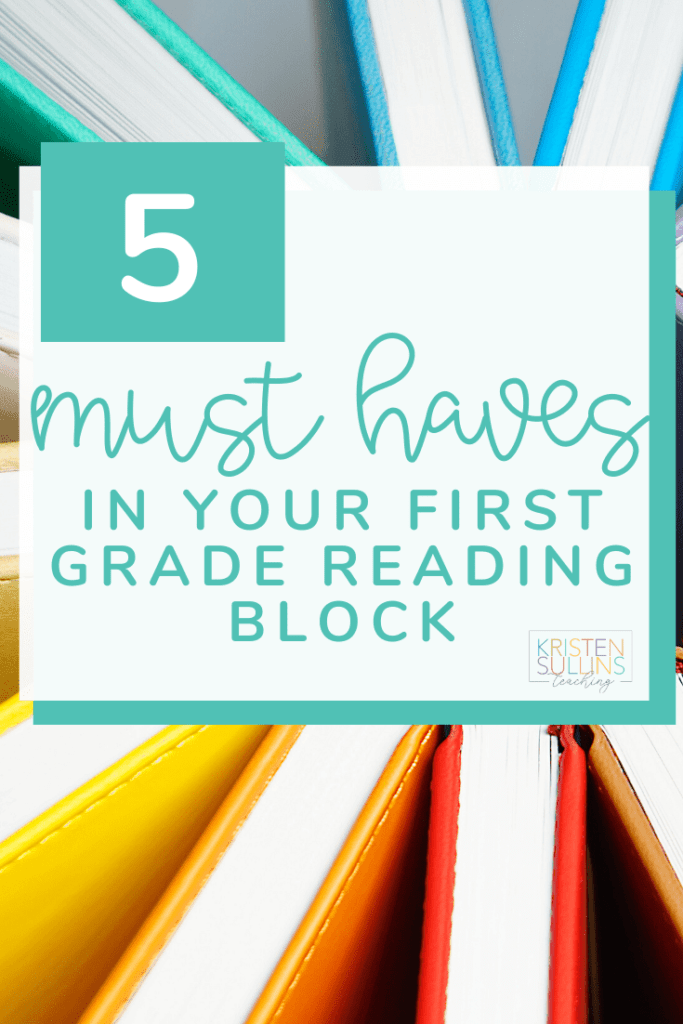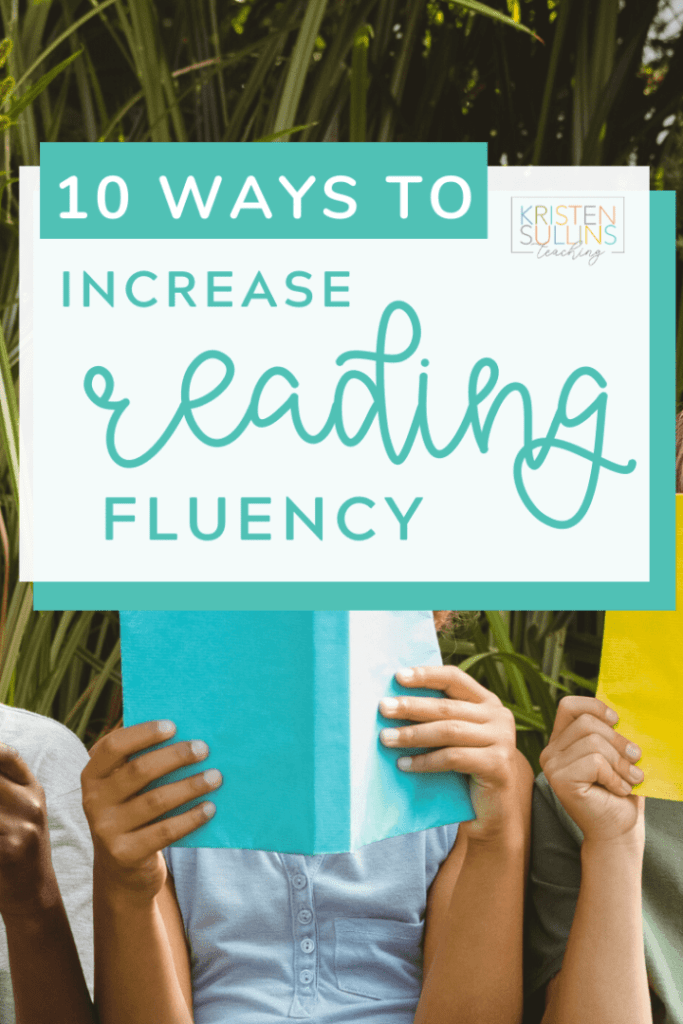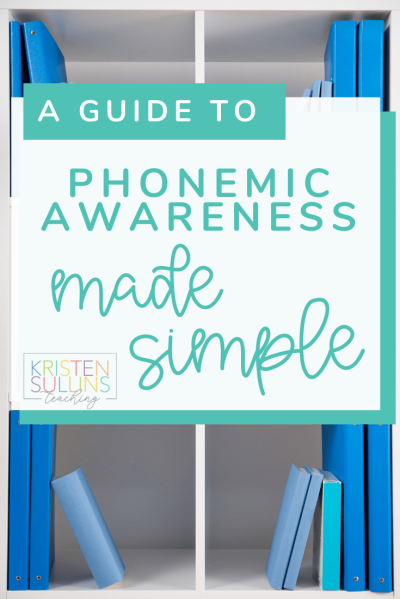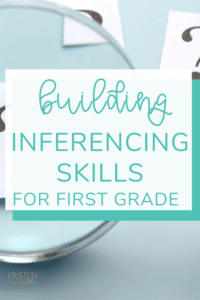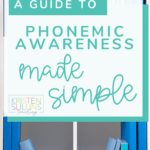Most students fall victim to the ”summer slide”. Phonemic awareness and phonics are the two biggest building blocks for reading that students need in Kindergarten and first grade.
- Phonemic Awareness: understand how the sounds in a word work
- Ex: isolate beginning sound, add or delete phonemes
- Phonics: attaching sounds to letters to read and make words
But, if you are anything like me, you hear the words “phonemic awareness” and my brain immediately goes “UGH”!. Well… until now.
Every school year I choose an area of growth that I want to focus on for professional development. I feel like more than one area a year can get a little overwhelming.
I am writing this in the middle of the COVID outbreak and I am honestly scared for our kinder and first babies that have missed and will continue to miss so much face to face instruction. I knew that my area of focus this year had to be on finding ways to help bridge the gap created by COVID and distance learning.
So, this year, I chose to focus on Phonemic Awareness because… well… I’ve honestly avoided it like the plague in the past. It seemed confusing and I never felt like I was doing it right… and then I heard of flash drills!!
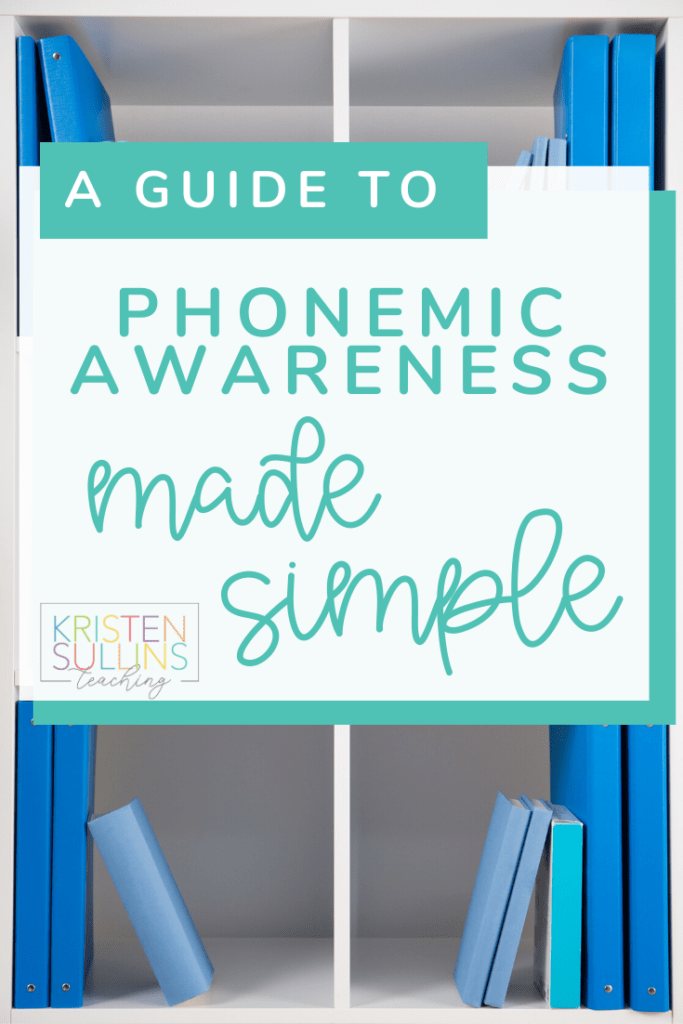
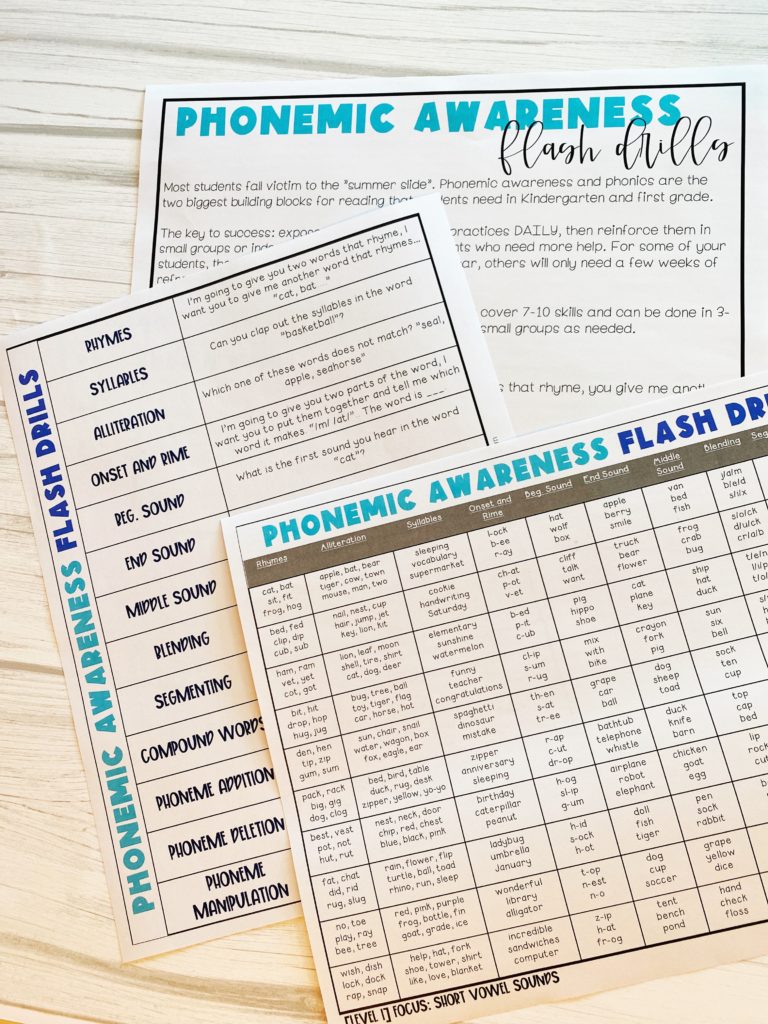
Let Me Introduce You to
Phonemic Awareness Drills
The idea behind flash drills is that you practice a skill by modeling, then calling on three students for practice, then move on to the next skill. It’s not necessarily about students mastering the skill during the drill, it’s all about exposure.
Some students won’t be ready for all the skills they are hearing (phoneme manipulation, etc.), but by exposing them to it in a whole group setting, you are building a foundation for that skill. Students are hearing other students practice that skill and they are able to get familiar with it.
The key to success: expose all students to these practices DAILY, then reinforce them in small groups or independent work time with students who need more help. For some of your students, they will need these drills for the entire year, others will only need a few weeks of refresher.
I created these phonemic awareness flash drills that cover 7-10 skills and can be done in 3-5 minutes. I use them daily whole group, then again in small groups as needed.
How it Works
- Teacher: “I'm going to give you an example of two words that rhyme, you give me another word that rhymes”
- “Johnny: cat, bat” , Johnny responds with “sat”
- “Kari: sit, fit”, Kari responds with “bit”
- “Levi: frog, hog”, Levi responds with “dog”
- (Teacher moves on to the next skill)
So let’s recap:
These drills will help you as a teacher learn how to teach 13 phonemic awareness skills in less than 5 minutes a day.
These drills will help students understand how the sounds in a word work before trying to use those sounds to read a word.
These drills will be especially helpful to build, or re-build a foundation for reading and close the gap created by COVID and at home learning.
These drills can be done in the classroom, but could also be done in a Zoom or Google Meet for distance learning if needed.
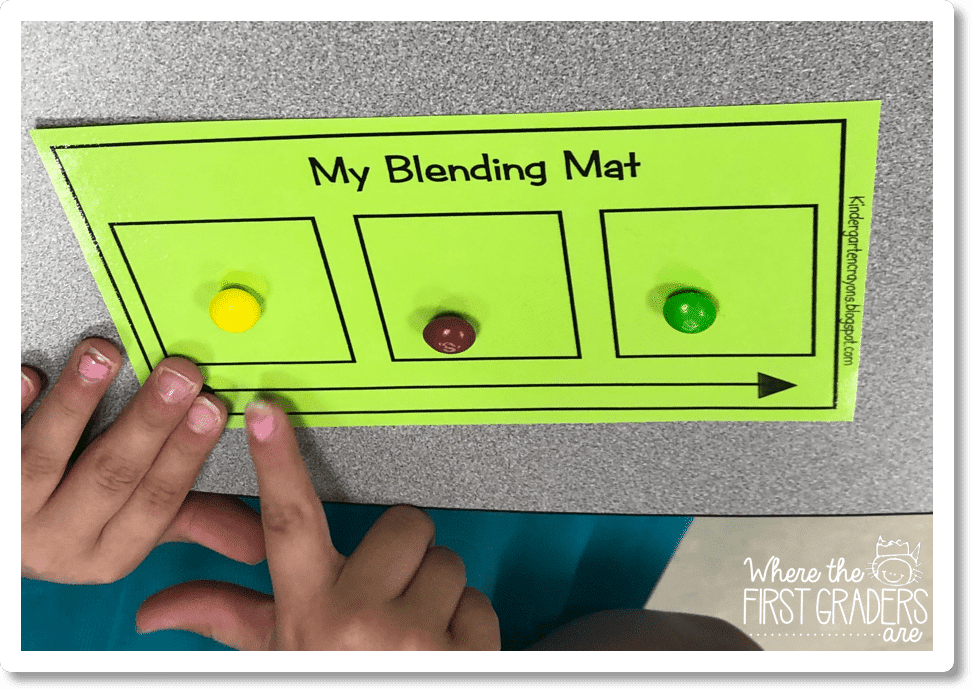
Bonus Activity: Pom Poms
As a teacher, I think one of the reasons I’ve really struggled with phonemic awareness is because it is mostly done orally and I always feel like the kids need to have their hands on something. (Let’s be honest, 6 year olds NEED to keep their hands busy).
So, if you are looking for an easy Phonemic Awareness activity that still allows students to focus on sounds but allows them to still use manipulatives, here’s your golden ticket!
The idea is simple, you will need:
- Blending Mat, Elkonin Boxes or Sound Boxes for each student (whatever you choose to call them)
- 3 Pom Poms for each student (or skittles as a reward)
The Script goes like this:
- “Today we are going to be sounding out the word ‘cat’”
- First you sound out the word on your fingers to count how many sounds you hear. Students could also “chop” the sounds on their arm like a cutting board.
- “Let’s count the sounds we hear in ‘cat’, /c/, /a/, /t/”
- “Now, for each sound we hear, we are going to put one pom in a box”
- Sound out the word ‘cat’ and put a pom in each box for each sound you hear
- “Last, we will touch each box to make the sounds in the word ‘cat’ and then blend them together…. /c/ /a/ /t/…. ‘cat’’.

